Electrocoagulation is a method of coagulation and flocculation which applies an electrical charge to make the particles come together by changing the charge on the particles’ surfaces. The wastewater is held in an area where an electrical field is created using charged metal surfaces called anodes and cathodes. Applying the charge to the water destabilizes the bonds holding compounds such as solids and nutrients to water molecules. It will also strip the charge from colloids. These destabilized particles now come together to form a mass. This process will create a stable floc of particles that rises to the surface, a sludge layer on the bottom, and clarified water in the middle. The waste can be removed by skimming from the surface and collecting from the bottom; it can then be dewatered and composted. The clarified water is removed from the center and brought to its next destination.
The alternative to electrocoagulation is using chemicals to coagulate and flocculate. The advantage of electrocoagulation is the waste stream is free of any added compounds. Chemical dosing systems are also greatly dependent on the pH, composition of the water to be treated, and the flow rate. The dose may need to change regularly in response to these factors in order to be fully effective. The disadvantage of electrocoagulation is that it is reliant on a sufficient electrical supply and will require a sludge de-watering system. Both versions of coagulation require on-going inputs, whether be chemicals or electricity.
| An electrocoagulation system will require a sufficient and approved electrical supply (a dedicated breaker is suggested), holding tanks, and a waste removal system. The unit itself may be small, but the supporting equipment may require a substantial indoor footprint. It is highly recommended to use a computer system to operate the equipment and install holding tanks to moderate water flow to a consistent rate. On-going inputs will include electricity, sacrificial anode replacements, waste handling, and maintenance. | Videos on Electrocoagulation The video links listed below are for information only. The companies are not being endorsed by the HMGA Water Project. |
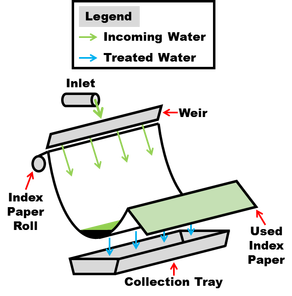
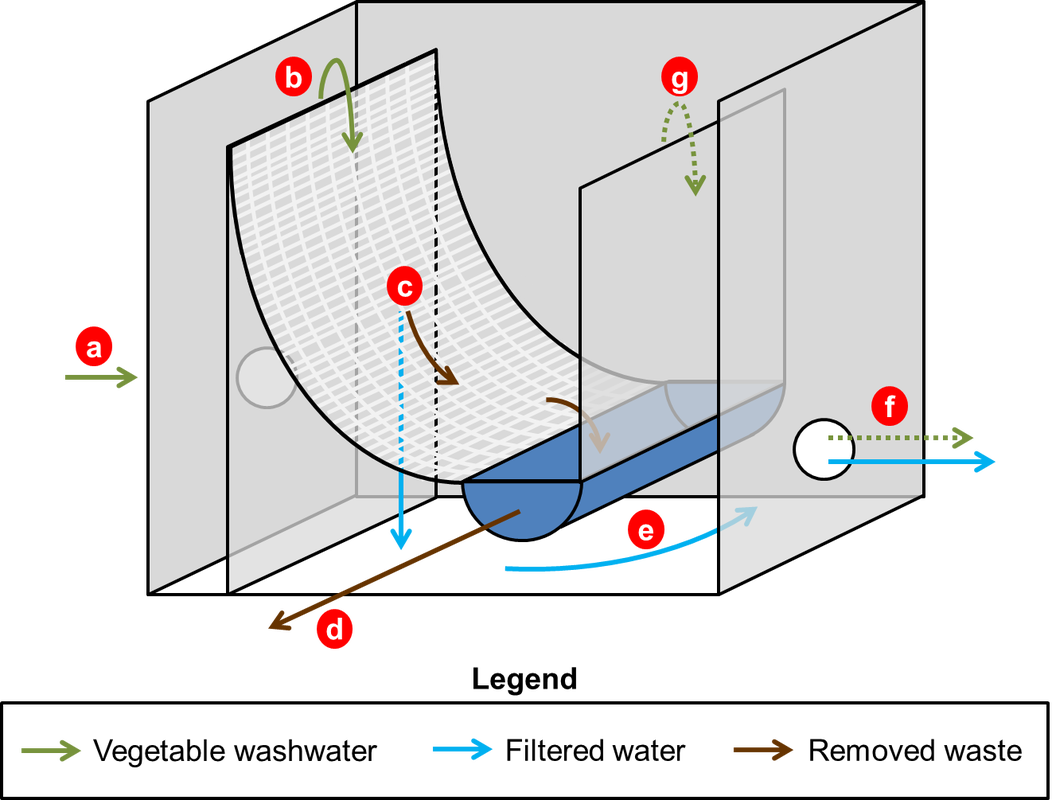
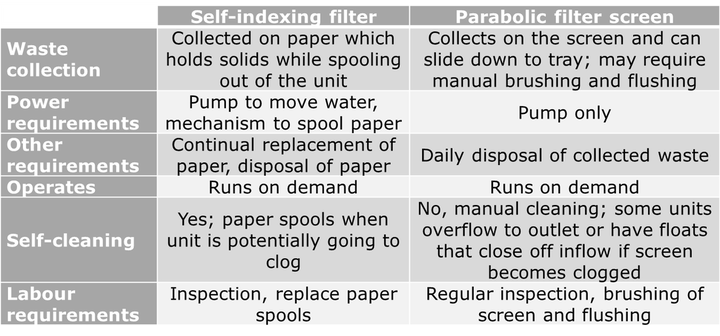
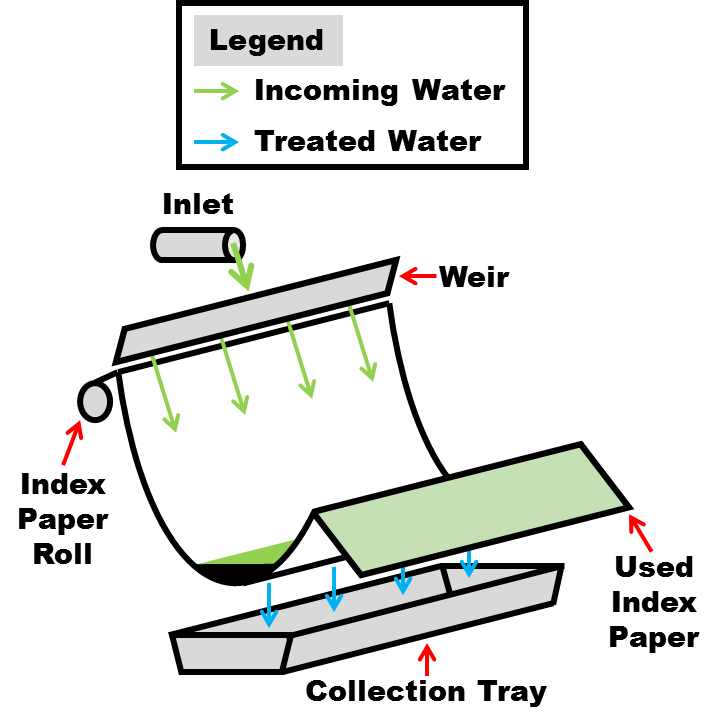



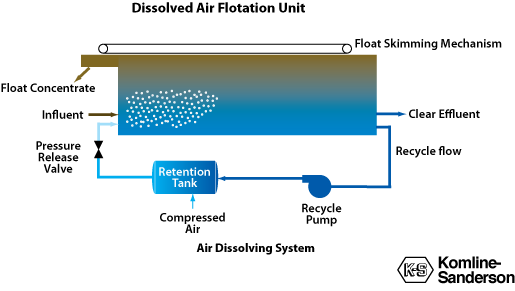
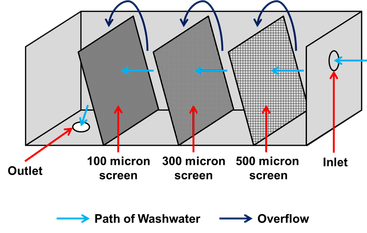



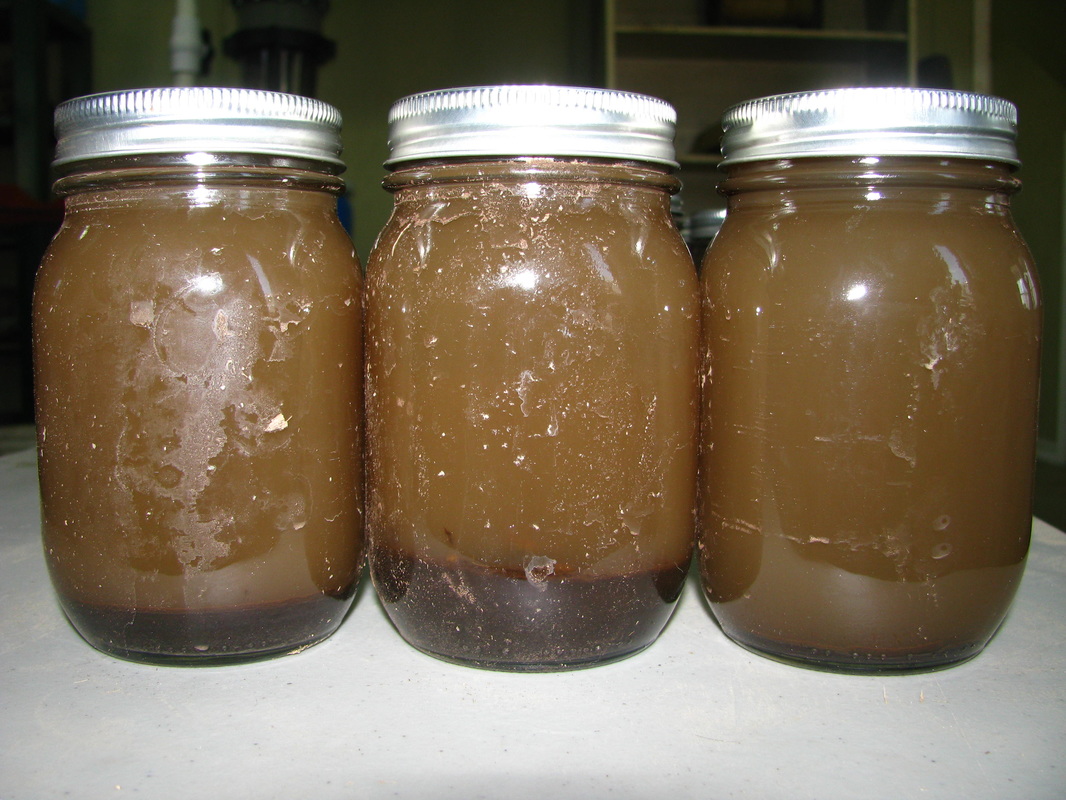
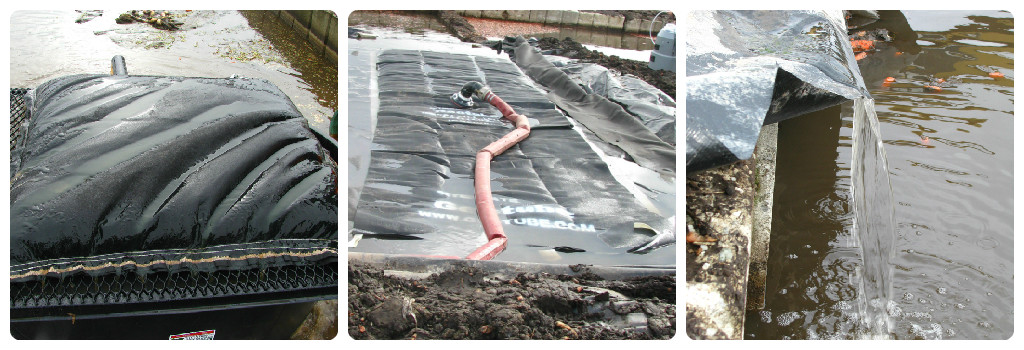
 RSS Feed
RSS Feed
